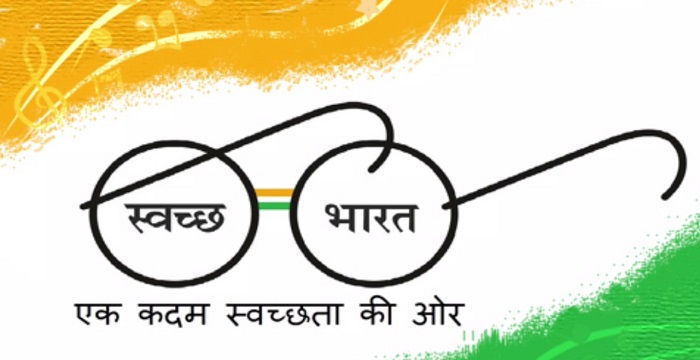• Mr Modi announced his government’s resolve to accomplish the vision of a clean India by 2019, on the 150th birth anniversary of Gandhi.
• Swachh Bharat Abhiyan (SBA) was an unprecedented nationwide initiative aimed to inspire the public to voluntarily clean public spaces as a service to the nation.
• The campaign initially highlighted images of celebrities “voluntarily” sweeping the streets, in protective gear.
• The campaign initially highlighted images of celebrities “voluntarily” sweeping the streets, in protective gear.
• Circulated by a pliable commercial media, these images trended on social media.
• Concurrently, municipalities began to employ more contractual laborers — mostly scavengers forced into the profession by their caste — to remove waste.
Why adopting the western approach?
• This approach is an uncritical adoption of the 19th century Western model of removing waste from the public gaze.
• Stopping the spread of disease was the primary intention in the West,
• Sanitation is now largely an extension of visual aesthetics — sanitation means the absence of “filthiness all around us”.
• The West introduced technologies to systematically remove waste.
• That it would need a holistic sewerage plan, which would become part of the London water infrastructure, to remove filth and treat waste from the river Thames in a sustainable way.
• Soon, the construction of toilets in households and shops became mandatory.
Present context of SBA (Swacch Bharat Abhiyan )
• The Swachh Bharat campaign hardly addresses a reworking of the underground sewerage system.
• This is a cause for grave concern since many labourers have died recently while cleaning jammed manholes that open into the sewerage system.
• Most disturbingly, these deaths have a caste pattern.
• Over 300 cases of deaths due to manual scavenging, mostly from particular caste groups, were reported that year.

manual scavenging
• Punitive measures should exhort the public to learn where and how one should urinate, defecate and dispose of garbage.
• In India, waste carries the stigma that is attached to pollution and caste, as does the process of removal (‘scavenging’), and the occupation (‘scavenger’).
• The waste remover in India is not a professional, like in the West. Also stigmatized are the spaces in which the removal takes place and where the waste is disposed.
• All of these are considered to be contaminated by caste pollution.
Improving the waste management mechanism
• In the past, municipalities erected bins in common places for shops and households to dispose of waste.
• These bins were the first to be removed, as the mission offered door-to-door collection.
• Workers are now expected to whistle to announce their presence upon arrival in their designated areas.
• So, members from the households bring unsegregated garbage, workers collect those in a sack and store garbage in a designated place from where it is taken to the composting yard.
• The workers, as per the campaign, have to go to the yard to segregate the waste. Manually segregating the waste at the landfill compromises their hygiene and health.
• The whistle does not merely announce the presence of the worker; it also announces the presence of a lower caste body from whom all contact has to be avoided.
Castes-Conflict
• The contemporary whistle echoes older practices, where members of the lower castes had to whistle, ululate, etc., while walking in public spaces in order to warn caste Hindus from crossing their paths.
• The waste itself, it is the presence of the body of the ‘scavenger’ which is seen as polluting by the larger public.
• This notion has a spatial correlate — toilets are usually built away from living spaces; this is the case even today.
• In Agraharams (exclusive Brahmin quarters), and even in some non-Brahmin households.
• In traditional Indian houses had toilets that were often located at the boundary of the compound with an exclusive path for the ‘scavengers’.
• Clearly, Hindu notions of pollution on the one hand, and secular notions of stigma on the other, influenced the building of toilets.
Addressing the stigma
• Similarities between the secular SBA and the casteist form of manual scavenging are evident, but they have gone unnoticed.
• The secular sounding Swachh Bharat offers nothing but concealment of caste.
• The SBA enables a disjunction between the cleaning and disposing of waste, where the cleaning is a voluntary ‘service’ which caste Hindus are called upon to undertake.
• Any tangible achievement of a clean India is possible only if the stigma attached to sanitary labour, place and waste are critically addressed by caste-neutralizing these professions and through the adoption of technologies.
• Until then we are unlikely to succeed in any mission to keep our cities clean.
• Even if we succeed in putting up a façade of cleanliness, we need to remember that a clean village exists because an ‘unclean’ caste has absorbed all the ‘filth’ of the village.

Comments
Post a Comment